Lasers: What Does FDA-Approval Mean?
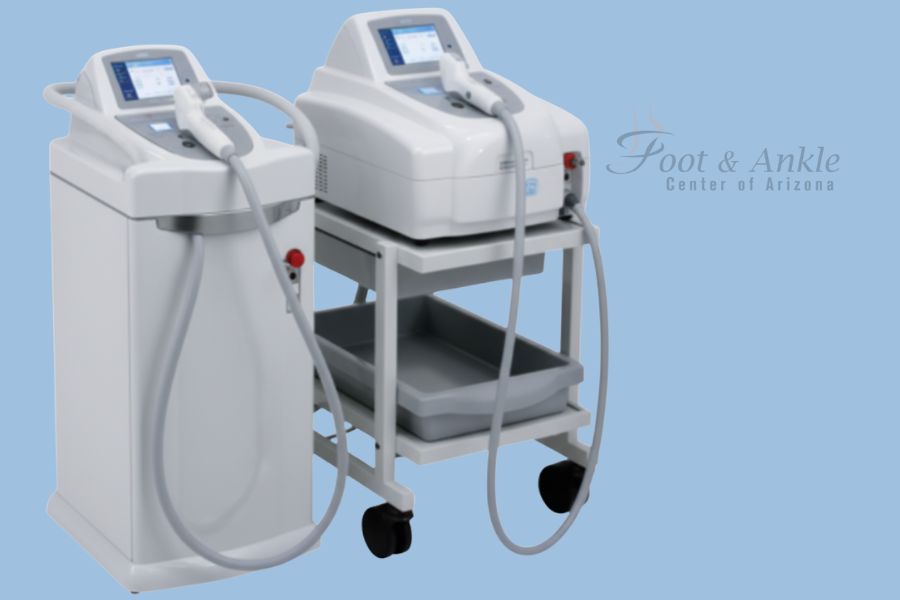
If you’ve been doing any laser research recently, then you’ve probably come across the term “FDA-approved”. We hear this phrase over and over in our industry as it is meant to give credibility to the latest and greatest cosmetic laser technology. But, what does the term really mean? How does it impact your decision to […]
What Is The Cost Of Laser Hair Removal
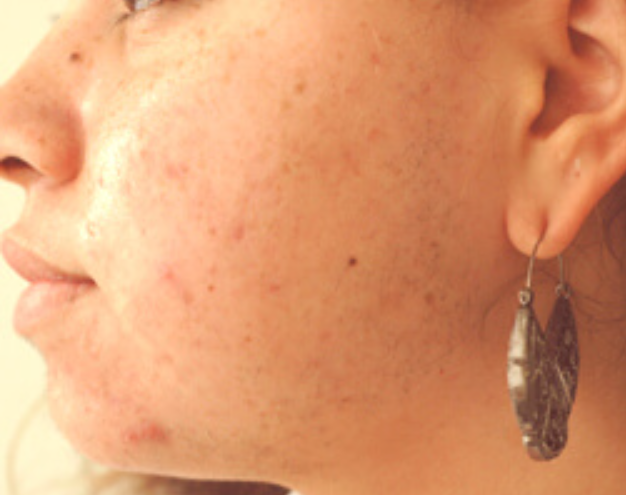
Determining Laser Hair Removal Cost and Treatment Plan We often hear this question and our response is that it varies. It depends on the type of hair you have, the type of skin you have, the amount of area to be treated and the laser to be used. We would rather see the patient in […]
Fractional Laser Resurfacing for Eye Wrinkles
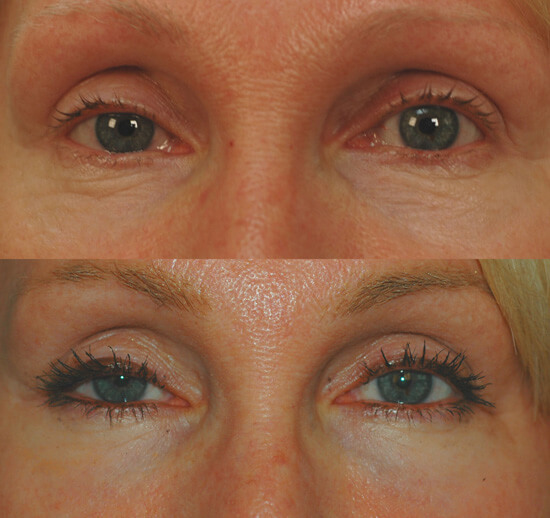
Your eyes say a lot about you. They can reveal your emotions, your level of attentiveness, as well as the amount of sleep you had last night. Your eyes are a focal point of your face and whether you realize it or not, they communicate a wealth of information to those around you. It’s no […]
Laser Hair Removal and Polycystic Ovarian Disease
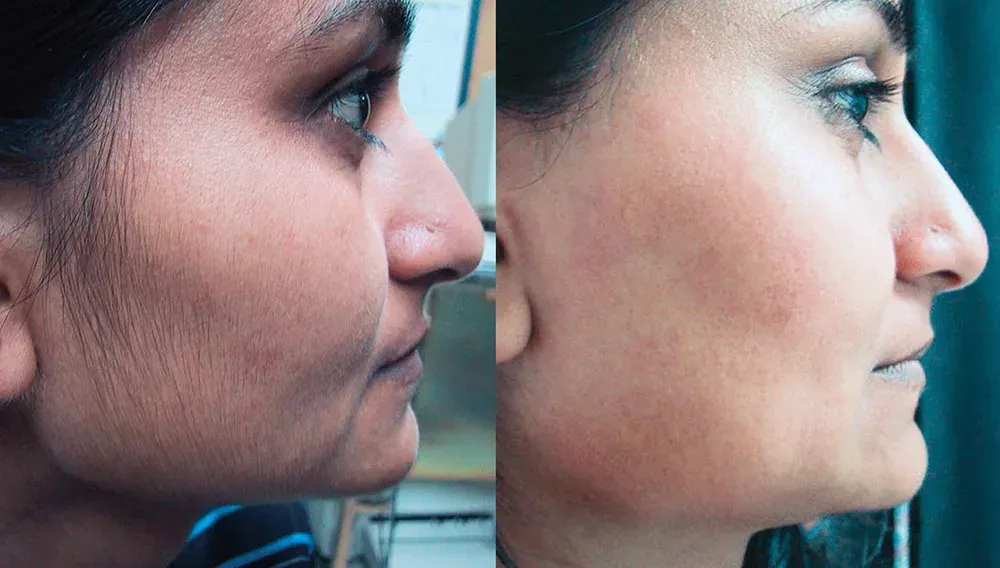
The Benefits of Laser Hair Removal in PCOD Management Polycystic Ovarian Disease (PCOD) is a devastating medical condition that is on the rise. The National Women’s Health Institute reports that it affects one out of every 10 women of childbearing age. While no one is exactly sure what causes PCOD, we know that it causes […]
Can a Keloid Scar be Permanently Removed?
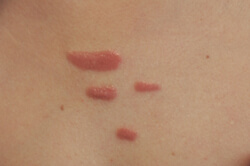
Keloid scars are a difficult problem to have. If you suffer with keloids, you’ve probably asked at least one doctor what can be done to help. We’ll bet that you were told that they are hard to treat. While this is true to some extent, treatment of keloids is not impossible. However, it’s important for […]
Can Laser Treatment Remove Chicken Pox Scars?
You probably had chicken pox when you were a kid; before the vaccination was available, it was almost a certainty of childhood. As a result, you might have one or more deep, pitted or shallow, indented scars. It’s probably safe to assume that you don’t want a permanent memento of your illness–chicken pox scars are […]
Is Birthmark Laser Removal Right for Me?
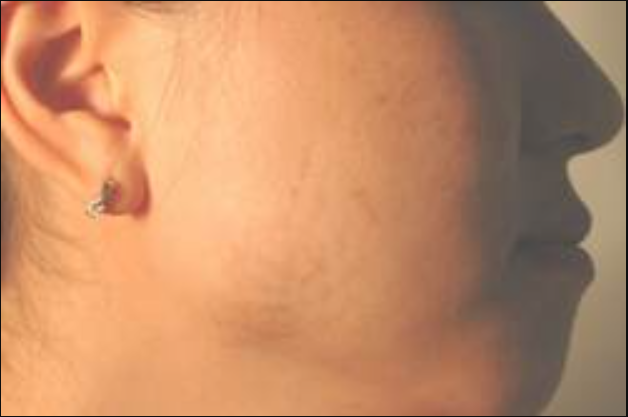
Birthmarks come in all shapes, colors, sizes and locations. Many “birthmarks” may not even be visible at birth, but develop in the first few months or years of life. And while many people like their birthmarks, others do not. If you’re someone that doesn’t like having a birthmark, laser medicine has opened the door to […]
What is Fractional Laser Resurfacing?
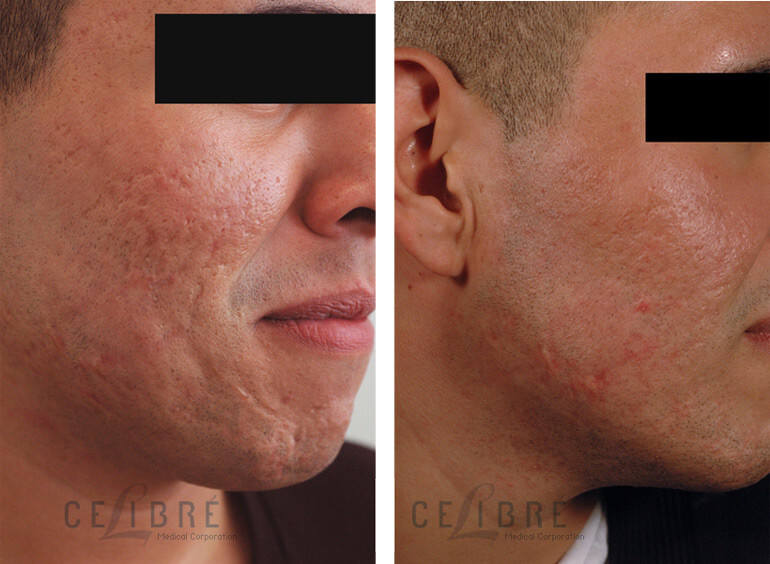
In the 1990’s or early 2000’s, when you heard the term “laser resurfacing” it meant one thing: a major procedure loaded with common side effects and a rather lengthy recovery. The CO2 laser was the only technology available for this procedure and it was “full field” which meant that the skin at the treated area […]
Will My Tattoo Be Completely Gone After Laser Treatments
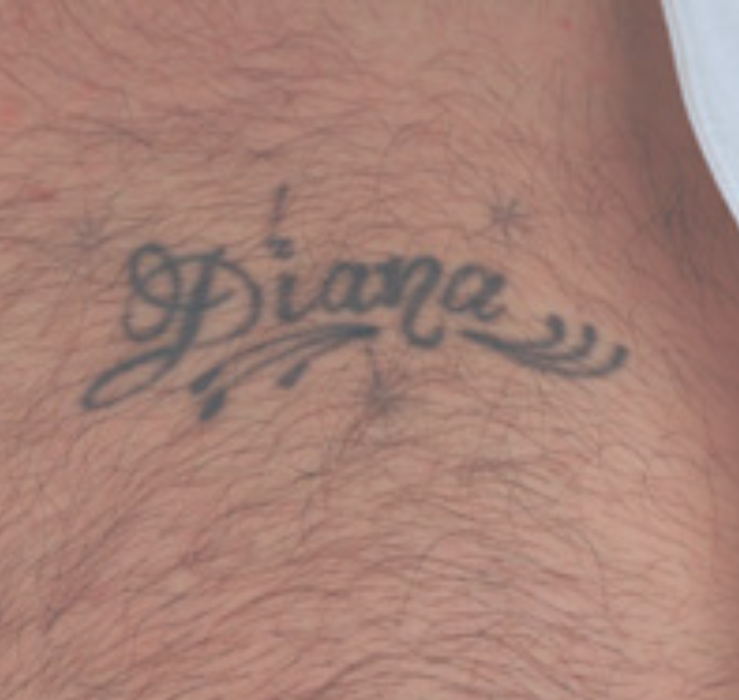
Laser tattoo removal is a safe and effective method for removing unwanted tattoos. Unfortunately, the process may take numerous treatments, even when done correctly. Patients often have to wait a period of 1-2 years to complete the process because of the time it takes the body to remove tattoo ink that has been broken down […]
How Do Lasers Remove Sun Spots And Freckles
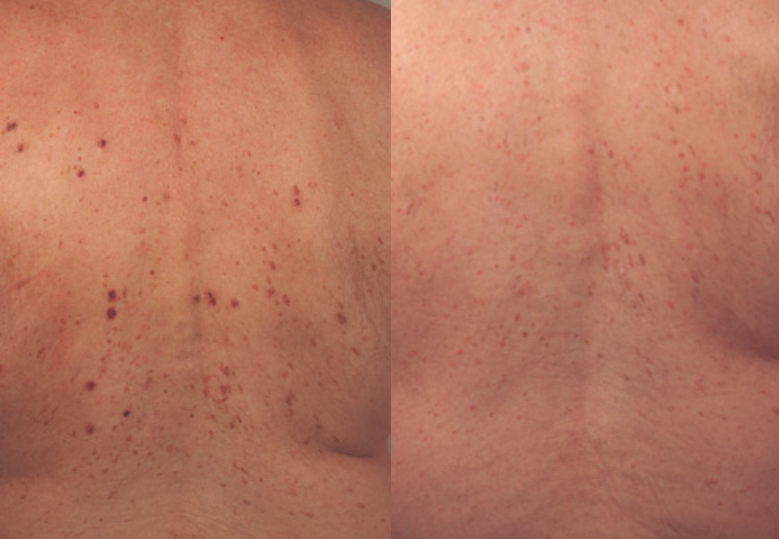
The term “pigmented lesions” can refer to many different skin conditions. In general, these conditions are commonly known as freckles, age spots, liver spots, sun spots, moles, birthmarks, etc. To understand how laser treatments can be used to treat these conditions, it is important to have a basic understanding of how class IV medical lasers […]
Laser Treatment for “Orange Peel” Texture of the Skin
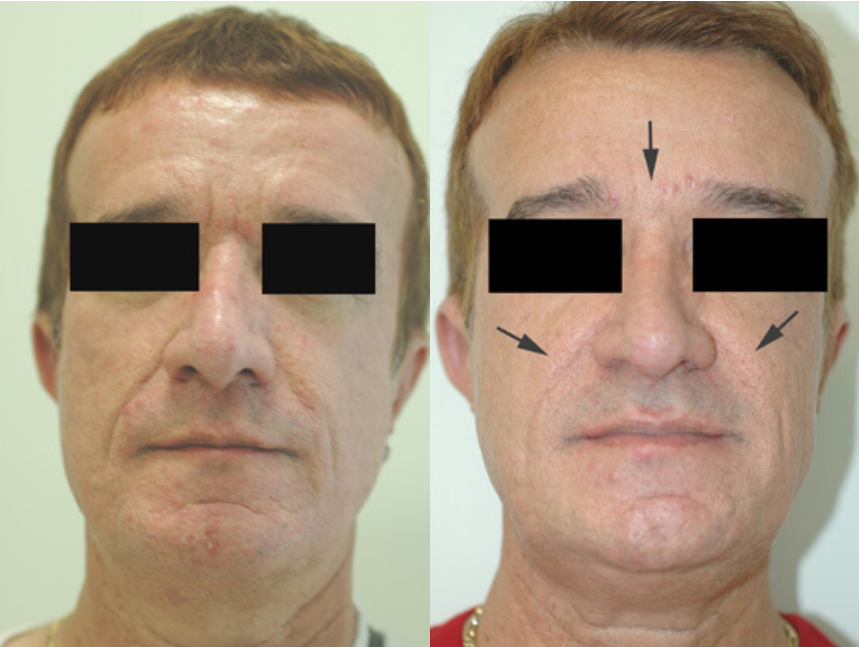
Do you oily skin and notice that your skin’s texture is less than smooth? Or maybe you have Rosacea and the repeated flares of inflammation have made your skin look rough and bumpy with enlarged pores. Many in our industry refer to these changes as “orange peel” skin. No matter how good your skin is, […]
What’s My Downtime with Laser Resurfacing?
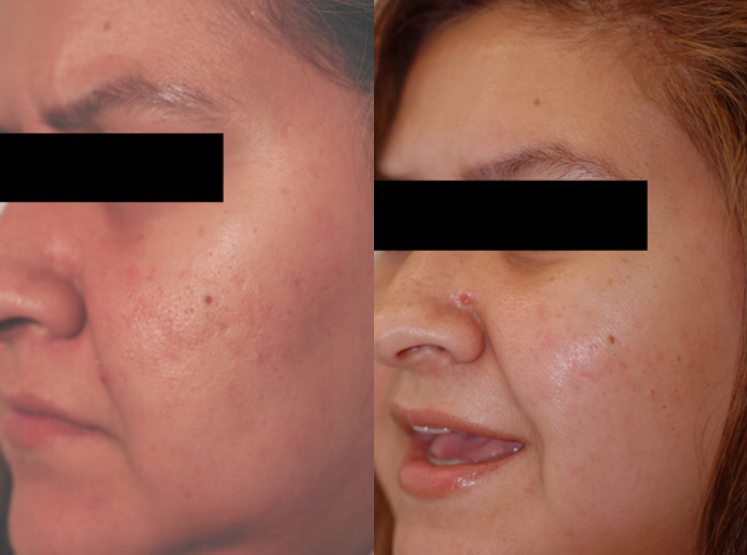
Laser Resurfacing Recovery Guidelines Looking to freshen-up the appearance of your skin? Want to improve your skin’s tone, texture and firmness? Then the erbium MicroLaser Peel and the Sciton Profractional laser are excellent options. Many patients considering laser resurfacing want to know what to expect afterward. Specifically, they want to know how much downtime they’ll […]
What Results Should I Expect with Laser Treatment of Poikiloderma?
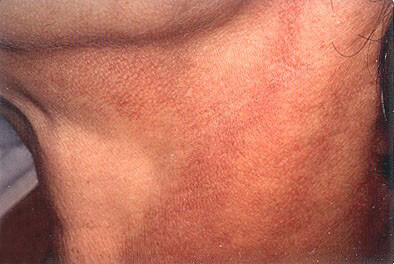
Revitalize Your Skin: Laser Treatment for Poikiloderma! If you have poikiloderma, you are used to wearing scarves, turtlenecks and collared shirts to hide it. It causes embarrassing red and brown, blotchy discoloration on the sides of the neck and chest. Laser treatment can be an effective way to improve or eliminate your poikiloderma once and […]
Will My Spider Veins Come Back After Treatment?

We understand how hard it can be to have embarrassing spider veins on your legs or cheeks. Sometimes, it can feel like they limit you in almost everything from what you wear to your activities. Here at Celibre Medical, we have a very effective laser treatment program for spider veins, and we’ve helped many people […]
What Are My Options for Laser Resurfacing?
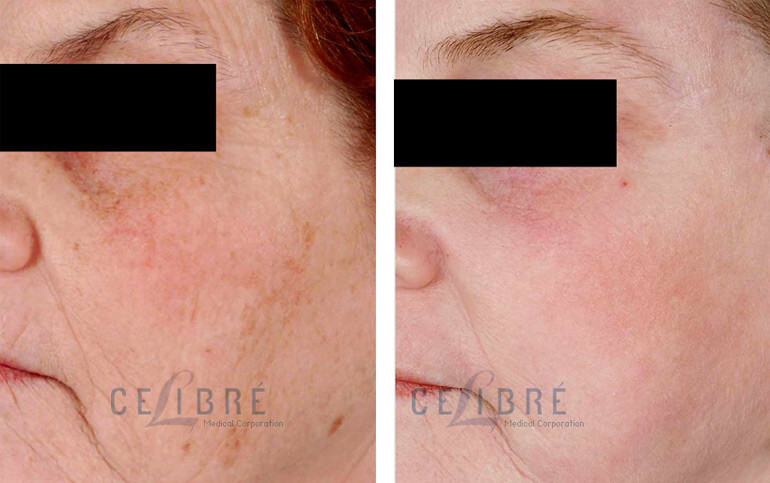
If you’re considering laser resurfacing and you’ve started doing your research, chances are you may have come across some confusing terminology. Laser resurfacing is immensely popular today, but not all procedures or devices are created equally. This wasn’t true when it first came out; but today, you do have several options to choose from. At […]
